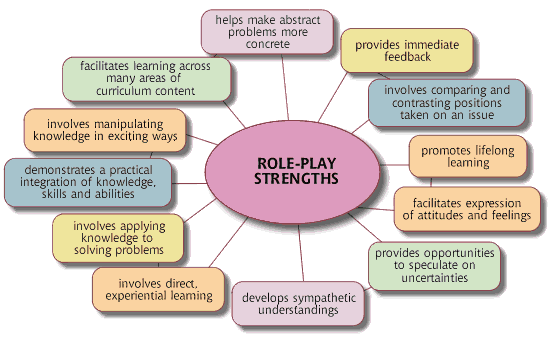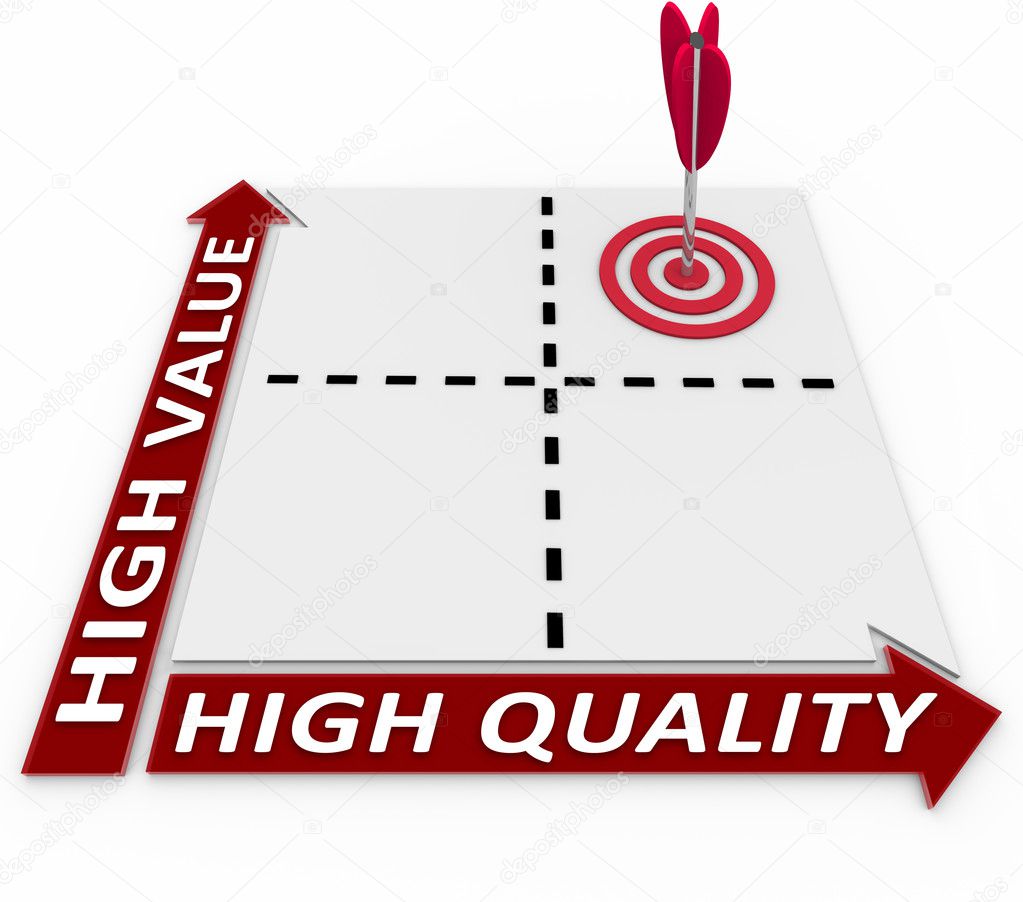One of the things I am working on in "real life" (like there is anything but real life...) is a project to create a face to face daytime program for adults with special needs. This program will consist of a variety of activities that will develop life and employment skills and a healthy lifestyle.
So what does that have to do with #BlendKit2014?!?!? Everything and nothing!!!
#BlendKit2014 is allowing me to (in a very safe environment) experiment with creating and designing a program. It is giving me an opportunity to adapt a program to suit many different learners. I am getting the chance to figure out what works better face to face or online. I am learning different ways of developing my own personal learning network (LinkedIn, Twitter, Google+, etc) - and that each different platform gives me a different connection and result.
Some of the participants may work better knowing what we will be doing (like a syllabus). Some may want to read the instructions for a project at home before coming to the group. Some may want a safe area to socialize (discussion group online in addition to face to face conversations). All will want to feel safe, included, important and respected (tribal rules or protocols).
These are all things I will be applying to the development of this program. I am grateful for the chance to take this course and to be able to apply the learnings to a real life program for some of the most special people in the world.
Onto Chapter 4
Recently, I realized that I had to chuck out my original course outline and start it over from scratch. As I was working on it last night, it occurred to me that in order to validate the online learning, a move has to be made from multiple choice tests to assignments to truly find out what the student is learning.
Additionally, by reducing the number and value of the testing, there is hope that cheating will be reduced. Although, how much cheating needs to happen in an open book, unlimited time, multiple try, multiple choice test, I don't know.
If we move the value to assignments, we have the opportunity to really see what the student is learning. A few favourite (and recent) assignments I've had:
- Blogging your Personal Reflections on the recently covered material
- Respond to the topic on social media (with #hashtags of course!)
- Take part in the discussion group (0.5pts per post up to 10 points!)
- Watch a video, craft a response and post to Padlet
- Create a topic starter and provide 2 follow up questions to have a conversation in your classroom
These are just a few examples taken from 4 or 5 different MOOCs I am currently taking. Some were assigned a grade just for taking part, others involved a rubric. Some involved just the presenter grading, others required peer review and comments.
When are assignments completed?
That depends on when and how content is presented. In my course outline, there will be required reading and activities to do online, but in the F2F environment, we will review, provide context and do group assignments (some will be roleplays and some will be group discussion/activity based).
The course I am designing for the class is based on developing selling skills in order to sell a category of merchandise in a retail location. You can not properly develop selling skills by sitting at a desk, falling asleep in a lecture (not that I was EVER that kid in your 8:30AM economics class dozing!! ZZZZZZ). You need to interact with people. Get hands on. Try it out. Participation is key!
In fact, in my grading scheme, Roleplays will be worth 55 points. I realize that is a lot for people who don't like to roleplay BUT I can tell you a few important things:
- Roleplaying sucks BUT makes us better
- I've not met anyone who truly likes to roleplay, but most are better than they think at it
- Practice makes perfect!
- If you don't like roleplaying, but you do like making money, it is imperative that one gets over themselves!
- Roleplaying takes the scariness out of the real encounter with the customer!
That said, I've made 35 points available to in class and online assignments AND am offering an additional 2 bonus points for personal reflections...those assignments will include:
- Group discussions and project
- Commenting on reviewed material via social media
- Commenting in discussion group on reviewed material
- Personal Reflections
Content
As mentioned, I plan on presenting the majority of the content online, allowing for F2F time to be spent answering questions, digging deeper and group activities. I want the information studied on the computer prior to the F2F class so that everyone can have at least a basic knowledge and be able to participate in discussions and most importantly, in the roleplays. Online content will be presented in multiple formats - video lectures, articles, specifications from suppliers, etc. In class will be mini lectures, guest speakers, group discussions, and information packets.
Learning Activities
During most F2F classes there will be a group activity. These activities will explore many topics:
- developing casual and merchandising greets specific to the products the customer appears to be showing interest.
- developing qualifying questions to determine a customers needs.
- creating their own list of related add ons to offer customers when making a purchase.
- exploring the details of components of the products (i.e. What is MAPP testing in relation to toilets? How can it help someone make a decision? How can it determine which is a better toilet, etc)
- roleplaying. Tying the product knowledge and the selling skills together. Wet, lather, rinse, repeat!!
Technology
I have to admit, this is the one area that has me more than a little nervous. I've not set up a Learning Management System before, so it will be a first for me. I've tried to select tools that are easily accessible:
- an internet connection
- access to Twitter (it's free)
- access to a blogging platform (potentially for reflections) - Blogger and Wordpress are free
By using free, accessible and public tools, I don't have to worry about many technological issues. Yay! One less thing to worry about. Beyond that, there would be a certain comfort for many students in using a tool they commonly use on their own time. This might help bridge concerns they have over blending online and F2F learning.
At the end of the day, it is all about creating a great learning experience for the student - one that they feel was worth their time, was high quality and interactive.










No comments:
Post a Comment